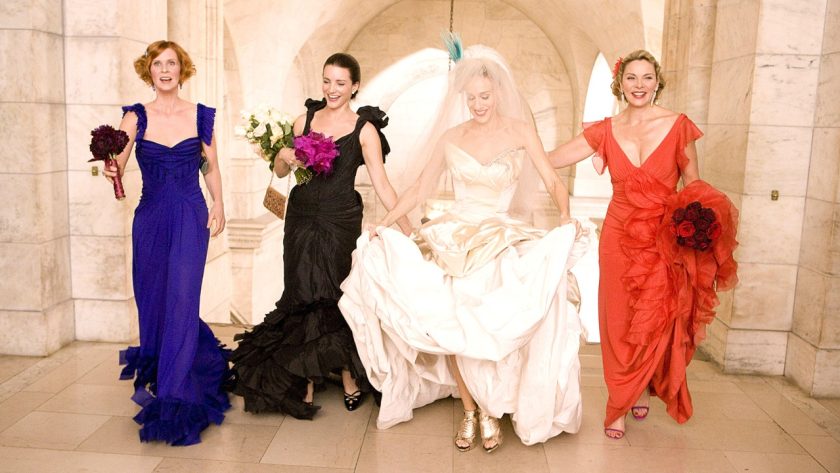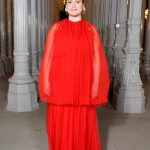It’s a Western wedding tradition treated with almost dogmatic certainty: in her bridal trousseau, a bride must have “something old, something new, something borrowed, and something blue.” When Kate Middleton walked down the aisle, she did so wearing her engagement ring from the 1980s, a custom pair of acorn earrings gifted from her parents, a tiara belonging to the Queen, and with a blue ribbon sewed into her dress. Beyoncé, meanwhile, is said to have had a cobalt manicure during her ceremony to Jay Z, whereas the fictional Carrie Bradshaw wore a pair of royal blue Manolo Blahniks for her wedding to Mr. Big. And even as marriage and its accompanying rituals grow less conventional as a whole—the bouquet toss, for example, is largely becoming a thing of the past—”something old” is, well, also something that’s staying.
But why do we do it in the first place?
There is no authoritative origin story for the rhyme. It did, however, begin appearing in formal English literature from the 1870s onward. Mary Greenleaf Darling referenced it in her explosively popular book, Battles at Home, which was serialized in an 1870 issue of the Boston-based children’s magazine Merry’s Museum. (Fun fact: Louisa May Alcott was the publication’s editor.) In it, a young girl breathlessly tells her sister that she must tuck a blue bow into her dress before she marries a wounded soldier: “Brides, you know, must always wear ‘something old and something new, something borrowed and something blue;’ so I found this bow of mine at the last moment, and we can each wear it in turn after you, Sue,” she says.
A year later, in a humorous essay titled “Marriage Superstitions, and the Miseries of a Bride Elect” for St. James magazine, a bride-to-be laments the absurdity of this wardrobe demand: “On the wedding day I must ‘wear something new, something borrowed, something blue.’ The first is easy enough—a matter of course. The second is not difficult, as many dear devoted friends are so charmed to have a finger in the wedding pie, by doing the uncle business, lending (but without interest). For the blue there is only one resource, as one has to be draped in virgin white, and therefore ‘Honi soi qui mal y pense.’” (The Anglo-Norman phrase roughly translates as “shame on anyone who thinks evil of it,” and is most likely a tongue-in-cheek nod to the fact that “something blue” was usually a garter. )
So, that 1870s bride had no idea why on earth she was doing this either. But an article from an 1898 issue of Folklore, a journal that examines vernacular culture, provides the clearest explanations of the origins. The author, W. Cooke, describes it as an “old couple” that originated to “baffle the Evil Eye.”



